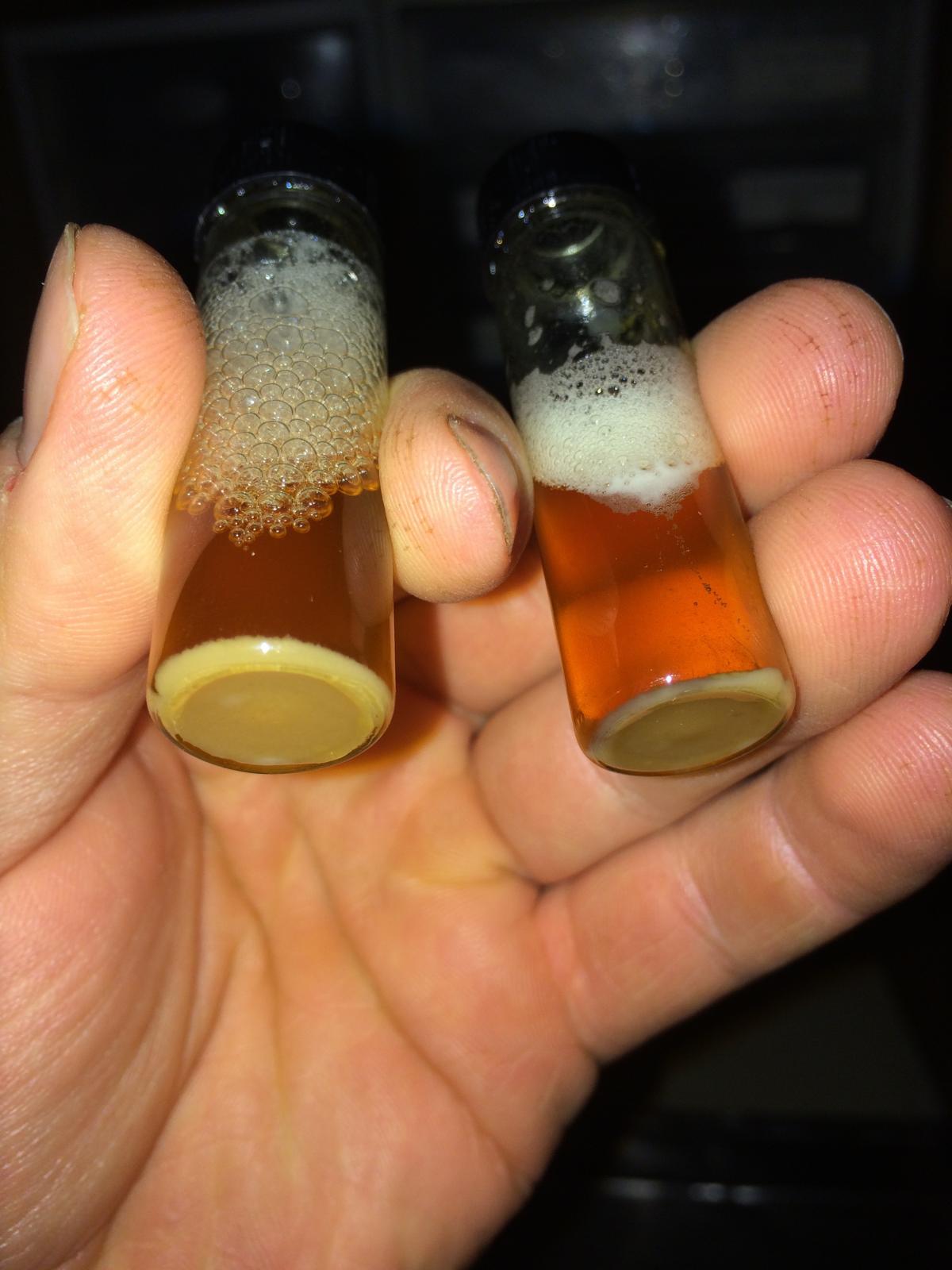butterpants
Well-Known Member
- Joined
- Apr 29, 2013
- Messages
- 1,146
- Reaction score
- 128
A slant needs to be streaked onto a plate. Thats not only the best practice, but is essential. Slants and plates work together, you dont want one without the other. Brew Kaiser has the whole process on his blog.
.
Streaking plates for isolation from a slant is unnecessary if your slant is prepared properly not to mention a complete waste of time in my mind.
The whole reason of making slants is to have a master culture repository with some genetic diversity to it (think of innoculating your slants with only 1 isolated colony from a plate vs 5 or 10) that you can propagate directly from by snagging a small amount with a loop and transferring to a small amount of sterile wort.



